Deep diving is an exciting and rewarding activity that requires proper training, equipment, and safety measures to ensure a safe and enjoyable experience.
Deep diving refers to the practice of exploring the underwater world beyond a depth of 20 meters (60 feet), offering a unique opportunity to witness and interact with marine life and underwater environments that are inaccessible to most people.
The Importance of Training and Preparation
Training and preparation are crucial aspects of deep diving to ensure safety and avoid potential dangers. Deep diving courses cover topics such as equipment selection, safety procedures, decompression sickness, and underwater navigation.
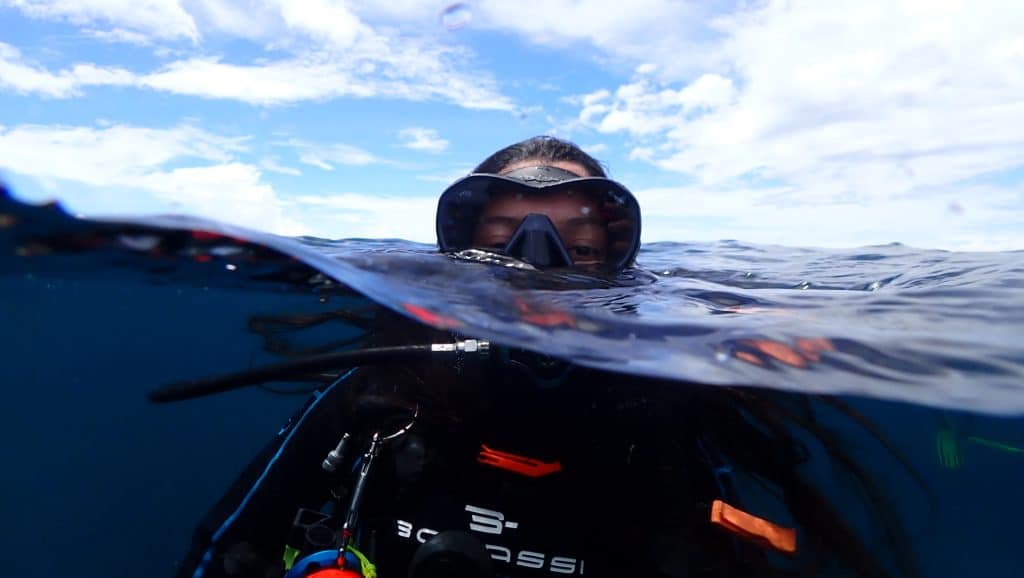
Proper training helps divers develop the necessary skills and knowledge to handle emergency situations and avoid accidents. Additionally, it is essential to have proper physical fitness and health before attempting deep diving, as the physical demands and potential risks associated with this activity can be significant.
Equipment and Gear for Deep Diving
Deep diving requires specialized equipment and gear to ensure safety and comfort during the dive. The diving gear typically includes a wetsuit or drysuit, fins, mask, and weight system. Other essential equipment includes a dive computer, buoyancy control device, and regulators.
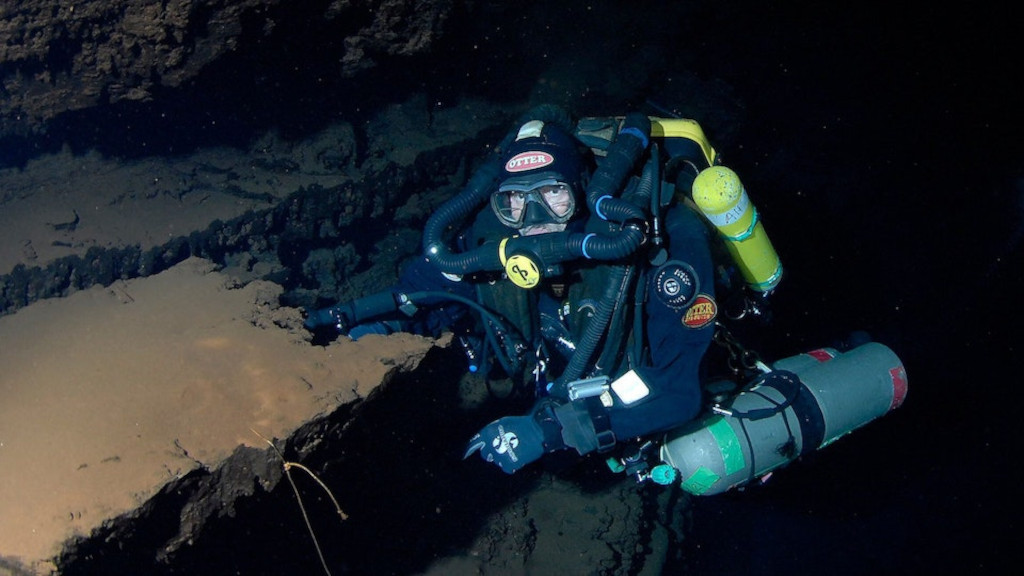
Before each dive, divers must properly maintain, check, and test their dive equipment to ensure it is in good condition and functioning correctly.
Deep diving is a high-risk activity that necessitates the use of specialized equipment and gear to guarantee the safety and comfort of divers during their dive.
In order to prevent equipment failure during a dive, divers must adhere to proper maintenance and testing protocols. It is critical to routinely inspect and assess each piece of equipment before each dive to verify that it is in good condition and functioning correctly.
This can include testing regulator function, inspecting hoses for damage or wear, verifying the dive computer’s battery level, and checking the buoyancy control device for leaks or other issues. Only when all equipment has been thoroughly examined and cleared for use can a dive be safely undertaken.
The Risks and Hazards of Deep Diving
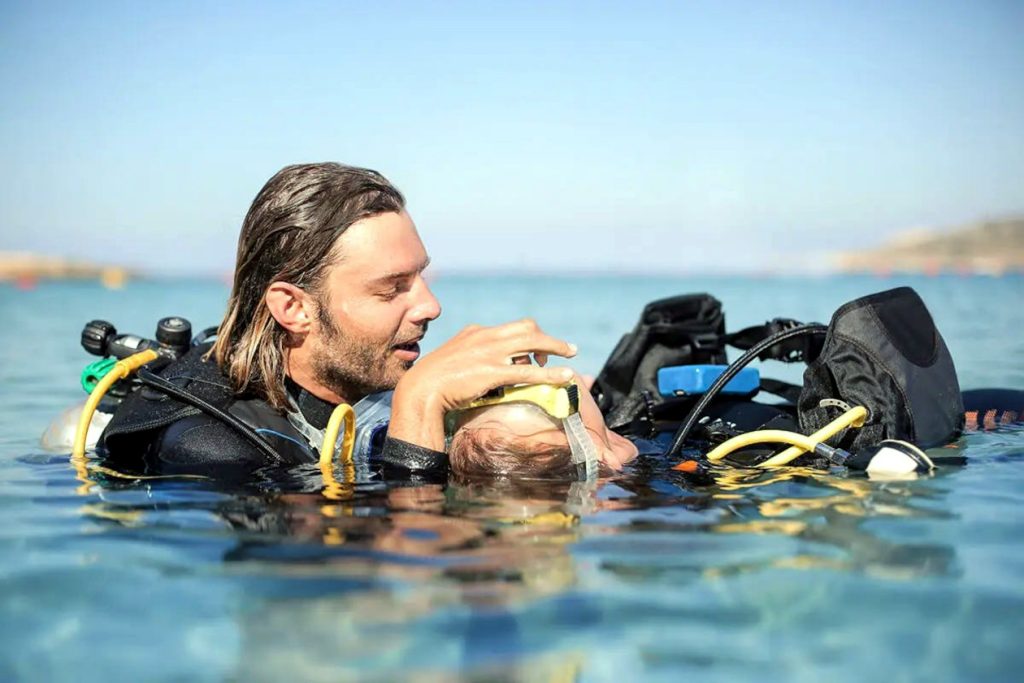
It presents various risks and hazards that must be taken seriously to ensure safety. Decompression sickness, nitrogen narcosis, and oxygen toxicity are potential physiological risks associated with deep diving. Other risks include entanglement, rapid ascent, and equipment failure.
To avoid these risks, divers must take proper safety measures, such as dive planning, following safety protocols, and proper equipment use.
You don’t have to know how to swim to go diving in deep water, but it’s better if you do. Deep-sea diving is risky, and if you can’t swim, you might put yourself in danger.
Managing Underwater Pressure and Nitrogen Narcosis
Underwater pressure and nitrogen narcosis are potential physiological risks associated with deep sea diving. As divers descend deeper into the water, the pressure increases. Then the body undergoes changes that can cause adverse effects such as nitrogen narcosis. Proper management of underwater pressure and nitrogen narcosis is crucial to ensure safety and avoid potential accidents.
Lung function in depth
Airway resistance increases with gas density. At higher pressures underwater, the air becomes denser, increasing resistance in the airways and making the flow more turbulent. At a depth of 30 meters, the maximum ventilation capacity is reduced by approximately 50% compared to sea level.
Although the body can handle gas exchange during exercise, the greater gas density at depth limits the capacity of ventilation more than the capacity of the cardiovascular system.
This can lead to decreased alveolar ventilation and, as a result, hypercarbia (excess carbon dioxide in the blood). This hypoventilation is aggravated by poor gas mixing in the lungs in a dense environment.
Exploring the Wonders of the Deep
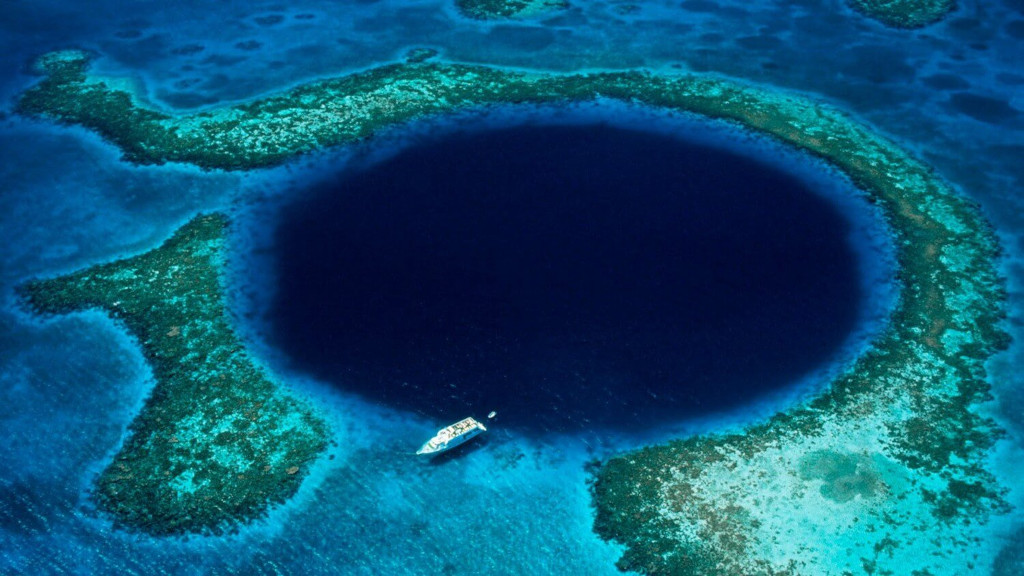
Deep diving allows divers to explore a world that is otherwise inaccessible to most people. The underwater environment offers a unique and breathtaking experience. With diverse marine life and ecosystems that are both beautiful and awe-inspiring. From vibrant coral reefs to deep-sea trenches, deep diving provides an opportunity to witness the wonders of the ocean. And also explore its mysteries.
Environmental Impact and Conservation
Deep diving can have an impact on the marine environment, and it is essential to practice responsible diving practices to minimize this impact. Divers should avoid touching or disturbing marine life, practice proper buoyancy control, and follow established dive site rules and regulations. Additionally, divers can take an active role in conservation efforts by participating in clean-up dives and supporting marine conservation organizations.
Advanced Techniques and Specializations in Deep Diving
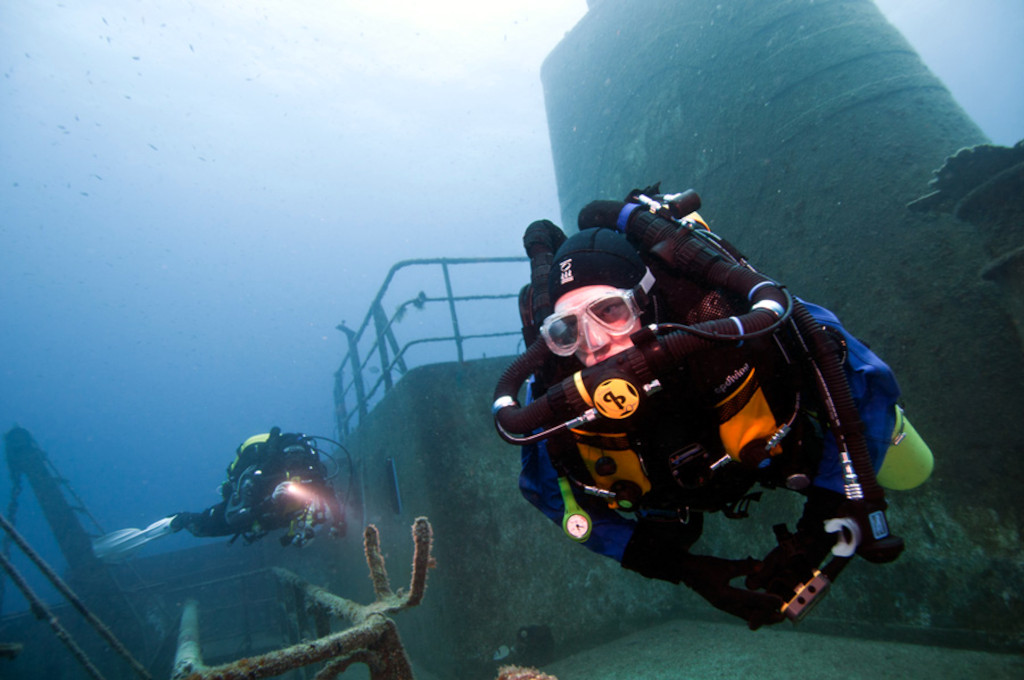
Advanced techniques and specializations in deep dive offer divers opportunities to explore deeper depths and more challenging environments. Technical and cave diving are examples of specialized deep diving techniques that require extensive training and preparation.
Divers can also specialize in areas such as underwater photography or wreck diving, allowing them to explore specific areas of interest in greater detail.
The Future of Deep Diving
The future of deep diving is likely to be shaped by advances in technology and research. Developments in equipment, such as rebreathers and underwater propulsion devices, will make deep diving safer and more accessible to a wider audience. Additionally, ongoing research into the physiological effects of deep diving will provide insight into how to manage potential risks and improve safety measures.
Conclusion and Safety Reminders
This is an exciting and rewarding activity that can provide a unique and unforgettable experience. However, it is important to remember that it can also be dangerous and risky.
Proper training, preparation, and safety measures are essential to minimize potential risks and ensure a safe and enjoyable experience.
Divers must prioritize safety at all times, from proper equipment use to following established safety protocols and dive planning. It is also important to maintain good physical fitness and health and regularly check and maintain dive equipment.
In addition to safety, divers should also prioritize responsible and sustainable diving practices to minimize their impact on the marine environment. This includes respecting marine life, practicing proper buoyancy control, and supporting conservation efforts.
As technology and research continue to advance, the future of this activity looks promising, with potential new developments that can improve safety and accessibility.
Reference: Lindholm P, Lundgren CE. Short- and long-term effects of diving on pulmonary function. Eur Respir Rev. 2017;26(143):160097. doi:10.1183/16000617.0097-2016. Available from: https://err.ersjournals.com/content/26/143/160097.
